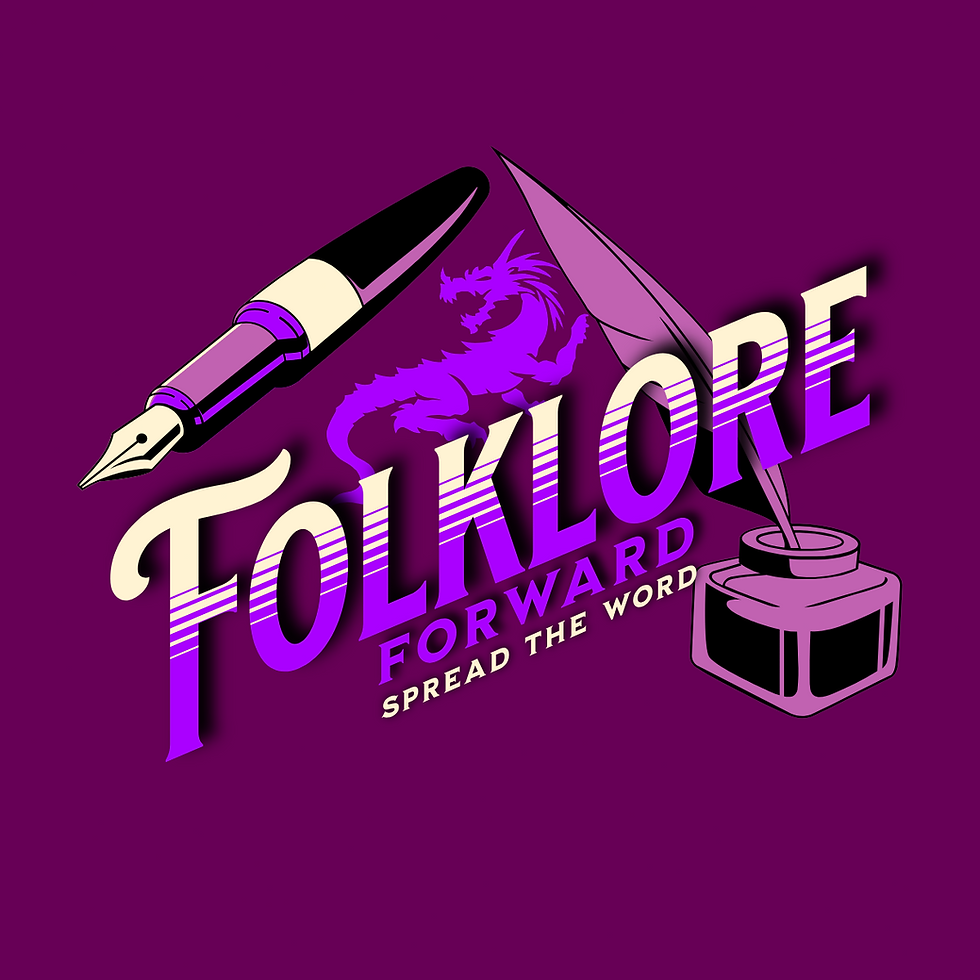Why are traditionally villainous characters chosen for protagonists in modern stories? // Why are fairy tale characters still relevant in countless modern stories?
- harrisoncordlesper
- Jun 9, 2024
- 2 min read
Protagonists are the center of a story for an audience. A protagonist provides a memorable and clear view of transformative dynamics in any story (Maggs & Chabey, 2022). A dynamic transformation is noticeable when, by the end of a story, a character has a different personality or outlook compared to what they were like at the beginning of the story. What’s a more dynamic change than a villain rising to the challenge of being a better person?
Choosing an existing character like the Big Bad Wolf also helps set a clear expectation for the audience going into the story. In the iconic 14-year-long FABLES Graphic Novel series by Bill Willingham, you can read the mysteries & adventures in the community of Fabletown: a borough of New York where fairy tale characters exiled from their homeland try to find their place in a world without happily ever after (Harris, 2016).
With every figure in folklore available to him… Willingham wisely chooses Bigby Wolf, previously known as the Big Bad Wolf, to work as the sheriff of Fabletown. In my opinion, this is the best use of a villainess literary character as a protagonist since the expectations of the audience match the expectations of the ensemble cast; which is all fearful of the reputation of Big Bad Wolf and what he is still capable of. As the protagonist, we see how the circumstances of Fables affect the ability to change in grow in contrast to their traditional stories.
The way folklore can live on in the modern day is through unique and engaging stories. And from the massive ongoing stories, we see within film television, and every other medium… it is clear that characters with an existing history (like the Big Bad Wolf) that the audience is aware of is an effective way to make a community engage with folklore. And luckily, sense many famous folklore figures within the public domain are recognizable thanks to previous adaptations, modern storytellers continue to adapt these icons in their own way as an ongoing cycle of modern folklore.




Comments